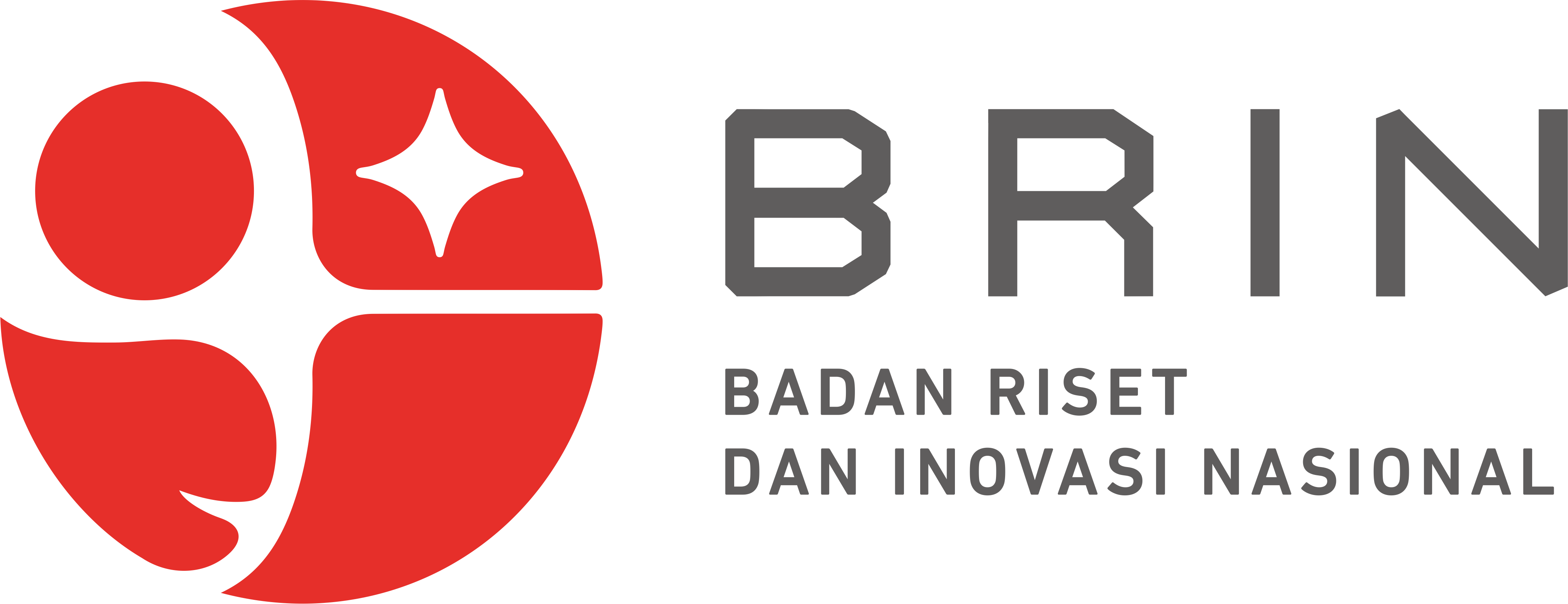PELATIHAN BAHASA ISYARAT DI LINGKUP SENTRA WIRAJAYA DI MAKASSAR DALAM MEMBANGUN KOMUNIKASI EFEKTIF KEPADA TUNARUNGU (TULI)
Abstract
Communication that exists between rehabilitation staff at the Wirajaya Center in Makassar and deaf PPKS (Recipients of Social Welfare Services) can be said to be ineffective due to a lack of understanding by rehabilitation staff regarding sign language. This sign language training aims to help rehabilitation staff at the Wirajaya Center in Makassar to communicate with PPKS for the Deaf. The training implementation method used is training and mentoring with an active participatory strategy. This training was carried out in 2 sessions, namely November 24-25 at the Wirajaya Pettarani Sentra and November 28-29 2022 at the Salodong Wirajaya Sentra. The results of this training show that the rehabilitation staff who are participants already know and understand the signs of the alphabet and other words, from knowing only 1 to 2 words to knowing a few words. Participants were also able to practice using sign language after being given material and using sign language in providing interventions for Deaf PPKS.
References
Asriandhini, B. & Rahmawati, C.H. (2021). Bahasa isyarat Indonesia Sebagai Konstruksi Identitas Dan Citra Sosial Tuli Di Purwokerto. Jurnal Riset Komunikasi, 12 (1) : 1-20
Assa, M.C., Kaunang, S.T., & Sugiarsi., B.A. (2021). Interactive Application to Learn Indonesian Sign Language. Jurnal Teknik Elektro dan Komputer vol. 10 (2) : 135-144
Effendy & Uchjana, O. (2008). Dinamika Komunikasi. Bandung: Remaja Rosdakarya.
Falletehan, D. P. (2017). Hambatan komunikasi dalam film “Yours Truly” (Analisis Semiotika Mengenai Hambatan Komunikasi yang Terdapat Dalam Film “Yours Truly”). FLOW, 2(16).
Gumelar, G., Hafiar, H & Subekti, P. (2018). Bahasa isyarat Indonesia sebagai budaya tuli melalui pemaknaan anggota gerakan untuk kesejahteraan tuna rungu. Inf. Kaji : Kajian Ilmu Komun, 48(1): 65-78
Isma, S. T. (2018). Meneliti Bahasa isyarat dalam perspektif variasi Bahasa. Kongres Bahasa Indonesia, 1-14.
Luter, M., & Frehadtomo, K. (2015). Sign To Voice Aplikasi Alat Bantu Komunikasi Untuk Tuna Rungu Wicara.
Palfreyman, N. (2013). Form, function, and the grammaticalization of completive markers in the sign language varieties of Solo and Makassar. Tense, aspect, mood, and evidentiality in languages of Indonesia, 153-172.
Perdana, R, P., Pitrotussaadah., Meiliawati, F., Rukmayandi, Y., Syafaat., Ardianto, T. (2022). Efektivitas Bahasa isyarat Dasar bagi Calon Guru Sekolah Inklusi di Wilayah Provinsi Banten. JSDR : Journal of Disability Studies and Research, 1(1): 6-22.
Rahmah, F. N. (2018). Problematika anak Tunarungu dan cara megatasinya. Quality, Vol. 6(1): 1-15 Noviaturrahmah, Fifi. 2018. Problematika Anak Tunarungu Dan Cara Mengatasinya. Jurnal Quality, 6 (1):1-15
Sutanto, H. N. (2014). Aplikasi Pembelajaran Bahasa isyarat untuk Tuna Wicara dengan Standar American Sign Language. CALYPTRA, 3(1): 1-7.
Sutjihati, S. (2006). Psikologi Anak Luar Biasa. Bandung : Refika Aditama
Yohans, J.A., Arjawa, I. G. & Punia, I.N. (2013). Bahasa isyarat Indonesia Dalam Proses Interaksi Sosial Tuli Dan “Masyarakat Dengar” Di Kota Denpasar. OJS Unud, 1–15












